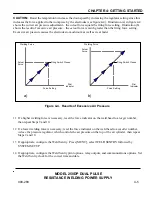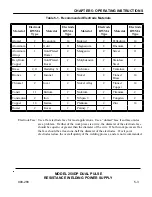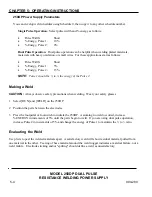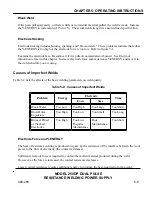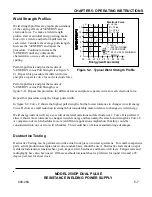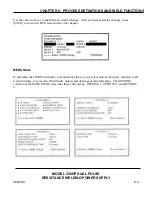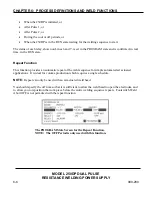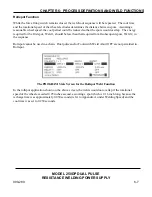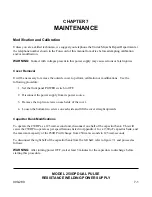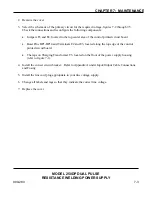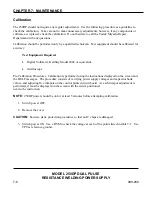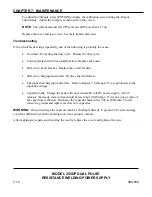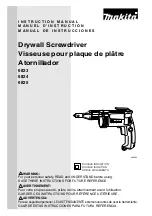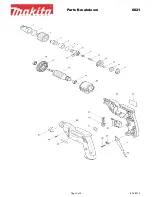
CHAPTER 6: PROCESS DEFINITIONS AND WELD FUNCTIONS
MODEL 250DP DUAL PULSE
RESISTANCE WELDING POWER SUPPLY
990-280
6-5
Basic Function
This function makes a simple spot weld. It provides the solution for the majority of the resistance
welding applications. It is designed for both air actuated weld heads and manually actuated weld
heads. The example shown below illustrates the dual pulse feature; that is, energies have been
specified for both weld pulses. The name of the weld function appears in the second line of the
display. In this example, Relay 1 would be switched to ON in the event of an alarm and Relay 2 is
switched to ON during both weld periods.
The PROGRAM State Screen for the Basic Function
When the firing switch in the weld head closes, the weld sequence (Pulse 1 followed by Pulse 2) will be
executed. The next sequence will not be executed until the firing switch opens and closes again.
The weld period consists of one or two weld pulses. The weld period starts after the second level of a 2-
level foot switch closes and after the firing switch in the head closes. It includes the time required to
recharge the capacitor bank for the second pulse. In AC welding, a hold period is usually included as
part of a basic weld function. It allows the electrodes to cool the work piece. However, the energy level
of the 250DP is not sufficient to require a hold period, so, it has been omitted from the basic function.
Weld energy is measured as the energy stored in the capacitor bank which provides the current required
to make a weld. The USER OPTION menu permits you to display this energy as a percentage of 250
watt-seconds or as watt-seconds. You can set the energy for both weld pulses independently. If you set
the energy level of Pulse 2 to 0, the weld will consist of one pulse.
There are two output relays which you can use to provide status signals to external devices. You can
also use Relay 1 to control a second air actuated weld head or to signal an alarm condition. When used
for status signals, these relays can be independently programmed to close:

